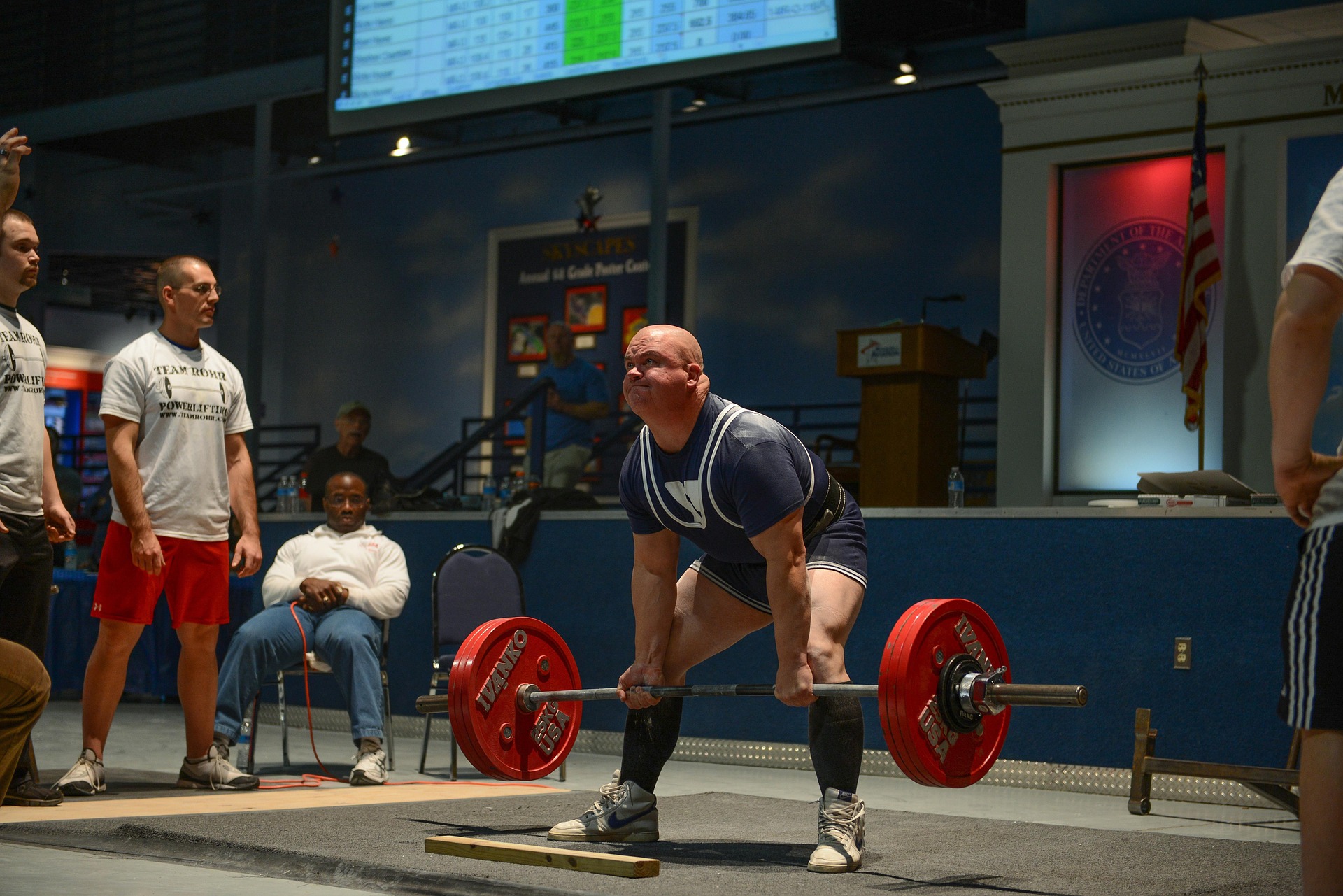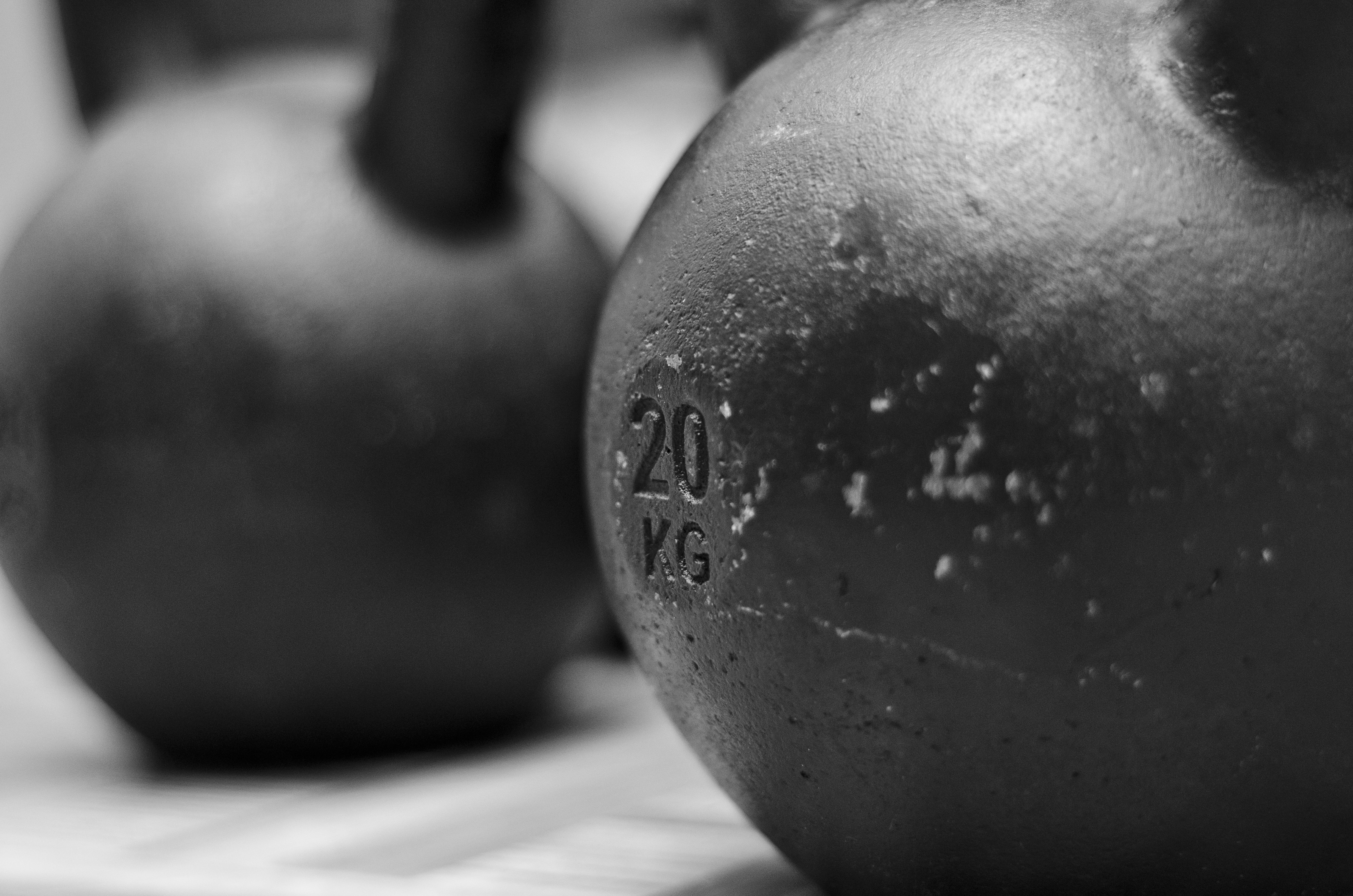It’s important to read studies if you want to get an idea of their value. It’s important to read the entire study and not just stop at the abstract, because sometimes the abstract does not give you a clear idea of what’s going on in the study. Colquhoun et al have a study in the Journal of Strength and Conditioning Research that is a great example of this. The abstract talks about studying two group of men in a strength training program and that 3x/week and 6x/week were equivalent to each other in terms of increasing strength and fat free mass.
Sounds good right? Training 3x/week is just as good as 6x/week. As always, the Devil is in the details. Let’s look at this study a little more carefully.
The subjects in this study were college-aged males with resistance training experience. There were minimum strength levels (relative to bodyweight) that subjects had to meet in order to qualify for the study on the three powerlifts (squat, bench press, deadlift). At that point subjects were assigned to one of two groups:
- Subjects trained 3x/week. Monday, Wednesday, and Friday were bench press and squat sessions. Friday was a deadlift session.
- Subjetcs trained 6x/week: Monday through Saturday were bench press and squat sessions. Wednesday and Saturday were deadlift sessions. This had half the volume in each training session that the 3x/week group did.
- All groups also did training for the shoulders, upper back, arms, and abdominals though this training is not described or accounted for.
Results:
After six weeks of training:
- Both groups increased their 1-RM back squat by almost 17%
- Both groups increased their bench press 1-RM by around 8%
- Both groups increased their deadlift 1-RMs by around 20%
- Both groups increased their fat-free mass by around 2%
- Except for the squats, the 6x/week group made greater gains though these were not statistically significant differences
The authors conclude that there is no real difference between 3x/week and 6x/week in terms of its impact on adaptations. However, while it was not statistically significant the 6x/week group made better gains on everything except the back squat 1-RM. If you are a high level powerlifter, this is something that would be important to you.
The study showed that, statistically, there was no difference between training the bench press and squat three times per week and training them six times per week. This is a much different statement than the one in the abstract which talked about their being no differences in strength and muscle mass between training three times per week and training six times per week.
Let me explain this subtle statement. There aren’t too many powerlifting programs that call for performing the bench press and squat six times a week. Some programs call for it three times per week. Others focus on the lifts and variations twice a week. Even when I Olympic lifted and we’d squat every day, we’d do different types of squats each session. I get that the Bulgarians had some insane program that lots of people tried to copy, but I hope it was obvious that a lot of chemical help and genetics was necessary to make that work.
When most of us talk about training six times per week, we’re talking about a split to the training – not doing the same exercises each session. So, in powerlifting it might look like:
Day One: Bench press, seated rows, tricep pushdowns, biceps, shoulders
Day Two: Squats, pause squats, core, calves
Day Three: Deadlifts, hip extensions, grip
Day Four: Bench press variation, close grip bench, biceps, shoulders
Day Five: Squat variation, core, calves
Day Six: Deadlift variation, hip extensions, grip
This wasn’t the sort of program studied, so it’s difficult to make the sweeping statement that “training three times per week is as effective as six times per week.” If we do the same exercises it appears to be from a statistical significance standpoint, but in real world terms the six times was more effective on the strength and muscle mass measures.
Interesting study. I love the fact that they had really experienced subjects for the study. Makes you wonder what would have happened with other types of subjects. It also shows why you need to read the study and go beyond just the abstract.
Colquhoun, R.J., Gai, C.M., Aguilar, D., Bove, D., Dolan, J., Vargas, A., Couvillion, K., Jenkins, N.D.M., and Campbell, B.I. (2018). Training volume, not frequency, indicative of maximal strength adaptations to resistance training.




